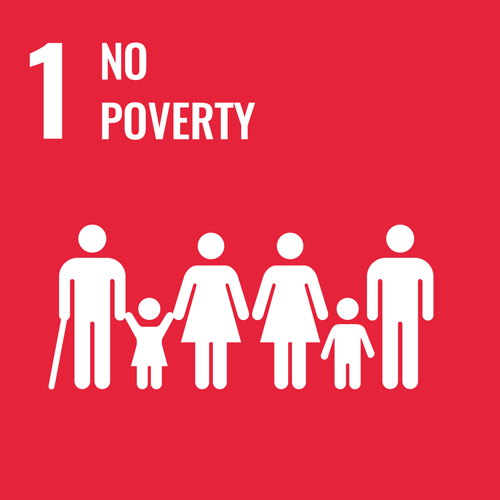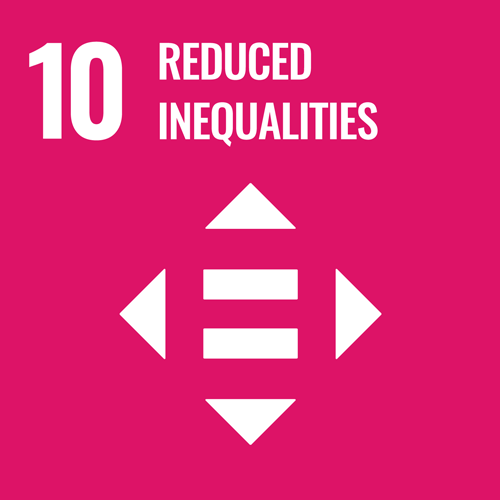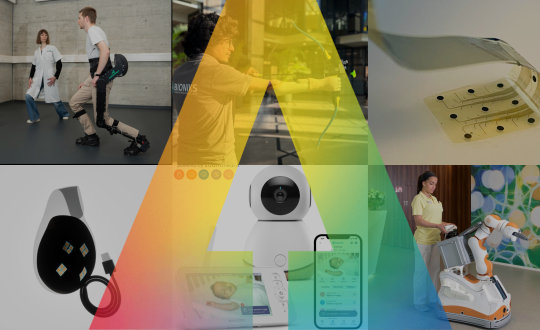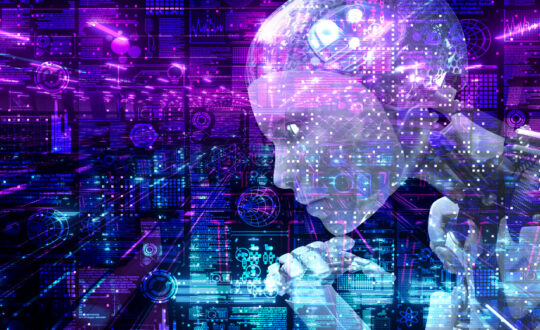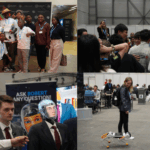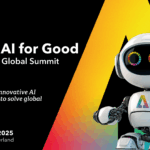Which route should I take this morning when I drive my child to school? I check Google Maps and it tells me to avoid the main road due to heavy traffic. It’s good that I checked, because I’m in a rush and I can’t be late to my next appointment at work.
On the way there, my daughter tells me about her homework for the day: she has been paired with a student in Finland and she needs to write a letter for him.
“How do you understand each other?” I ask her. “We use our tablets to translate,” she replies with no surprise.
We finally reach school. I drop her off and I keep listening to the news on the radio while I order groceries online using the personal assistant on my phone.
This is a familiar life to many of us. In wealthy countries, artificial intelligence (AI) and machine learning are becoming part of our everyday lives. If you live in a connected place, you’ll have access to the information necessary to survive; you’ll also have access to good quality education and health care.
However, these advances don’t reach many of the world’s most disconnected people, and AI and machine learning are threatening to leave them behind.
A digital gap that we need to bridge
Inequitable distribution of information sources and content leads to a generation of children who are not able to access the ideal mix of information necessary for them to be successful in life.
These systemic challenges stem from a lack of infrastructure (there are not enough mobile phone towers in a community); lack of appropriate content (children in the Amazon don’t have ‘apples’ so they’re not a helpful learning object); as well as biases of ethnicity, belief, and culture.
According to ITU, by 2020, some 2 billion people will still be excluded from the Internet and thus, left behind the AI revolution. But how can we bridge this gap? How can we create an inclusive society where every child has equitable access to opportunity and choice?
“Having accurate data around schools is essential for organizations to provide quality education, promote lifelong learning, ensure equal access to opportunity and eventually, reduce poverty.”
How can we use new sources of data such as satellite imagery — and combine them with AI models that take advantage of underlying patterns — to map every school in the world?
How can we optimize the delivery of educational content to ensure that children are prepared for the jobs of the future?
How can we look at advances in facial recognition to understand a child’s nutritional status from a photograph? How can predictive models help us prevent the spread of a disease?
The school mapping example
Let’s take a closer look at the school mapping example. Having accurate data around schools is essential for organizations to provide quality education, promote lifelong learning (United Nations’ Sustainable Development Goal No. 4 (SDG4)), ensure equal access to opportunity (SDG10) and eventually, reduce poverty (SDG1).
RELATED: AI can help to bridge the digital divide and create an inclusive society
But this is a challenging task, where records around educational facilities are often inaccurate, incomplete or non-existent. To solve this problem, UNICEF Innovation is working with academic and private sector partners to explore the potential of Convolutional Neural Network (CNN) based algorithms — taking advantage of underlying patterns recognized from very high-resolution satellite imagery to automatically map schools — mapping the unmapped, and making visible the invisible.
UNICEF is exploring how Algorithmic Equity and Information Poverty can play key roles in the preparedness, resilience, and recovery of the human species for the changes that are to come. The challenges are many.
MagicBox – Information Poverty

Making sure AI solutions reach the most vulnerable
First is the lack of quality training sets. Data around the most vulnerable populations is often scarce and inaccurate. As a collective, we need to start putting more resources towards collecting data from the ground, to validate existing records, and to debias these datasets.
But what happens once we have diverse, good quality datasets? We still need to keep working together to ensure that the data is used to build fair, inclusive algorithms. At UNICEF, we need to make sure that we are part of the conversations that are happening globally, so that we can bring the voice of children, in particular the most vulnerable, to the table.
For key insights on trends in AI, read the latest edition of the ITU News Magazine:
We also need to make sure that AI solutions reach the most vulnerable. To do this, we need to set some minimum standards around the quantity and quality of information that children should have access to — and use these to identify connectivity and infrastructure gaps that we need to address in order to improve children’s access to information and education.
This is a challenging task and thus, we are looking to you to help us explore the future of the space of AI and machine learning for global good.






